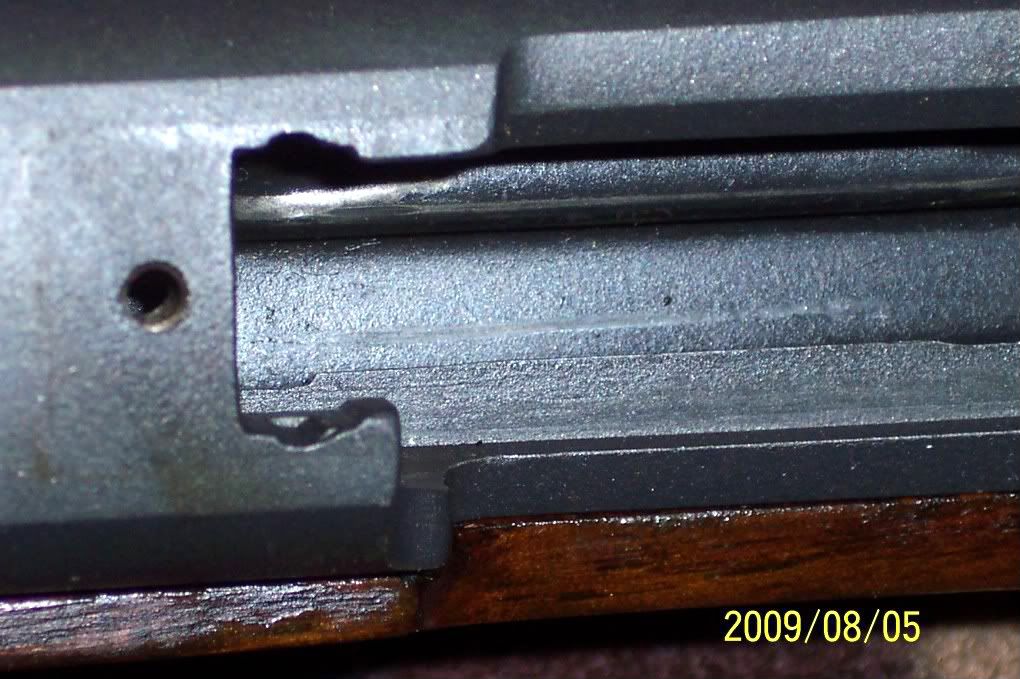Re: M40 Build Guide
All your ideas and theories are starting to make my head hurt.lol
The Remington 700 action series was introduced in 1962. The 40-X rimfire action was replaced with the 40-XB receiver sometime in 64. Don't know when Remington switched to the XB for centerfire but would surely think about the same time.
Your '66-'67 time frame is a bit off considering info from Sennich's book "The Long-Range War..Sniping in Vietnam".
To quote info from pg 190 and 191 as follows for the 'contract' for the rifles and scopes.....
<span style="font-weight: bold"> The contract also stated that shipments were scheduled to begin on or before 20 June 1966, with final shipment on or before 29 August 1966.
In addition to the Redfield order, Headquarters, USMC placed a parallel contract with the Remington Arms Company, Bridgeport, Connecticut("Supply Contract" NOm-73566, 17 May 1966), for the Rifle, 7.62mm, Sniper, Remington M700 with requirements as follows:
550 each, Redfield scope and base installed, calibrated and test fired
150 each, Redfield base only installed
In accordance with the contract specifications, in this case, shipments were to be made as follow:
123 of the rifles with telescopic sights and 29 without the sights(base only), were consigned to Marine Corps Supply Center, Albany, Georgia
427 of the rifles with telescopic sights and 121 without the sights(base only) were destined for shipment to Marine Corps Supply Center, Barstow, California.
The time of delivery for both the telescope and the rifle was coordinated through 29 August 1966 in the contract as well </span>
I have a 243 SN236,XXX with an August '66 date code so Remington was already well past the 221,xxxish numbers by Aug and would make sense that all receivers destined for the USMC contract had been made by or assembledby the June 20 date listed above.
As the initial order was for 700 "7.62 mm Model 700(note not M40)Sniper Rifles" from '66 to '71 I cannot imagine Remington storing a bunch of parts in '66 or continuing to omit certain manufacturing steps on a yearly bases with ALL receivers just in case they had some orders. Perhaps they made a run whenever needed of 40-XR single shot, repeater and rimfire receivers whenever needed by the Custom Shop????
AJ Brown (who is a 'whiz kid' from Crane
) posted that the M40 nomenclature was added later and this first order terminology refers to them as M700 Sniper Rifle and if anyone knows I would surely think Alan would. He is kinda like the meat in the sandwich, he knows what goes on in the inside
. Sorry Alan, just had to be a smartass.lol You know I luv ya like a brotha!!!!!!!
Well, better shut up now. My head hurts when I think to much and try and convey it into words!!!
Respectfully,
Dennis





